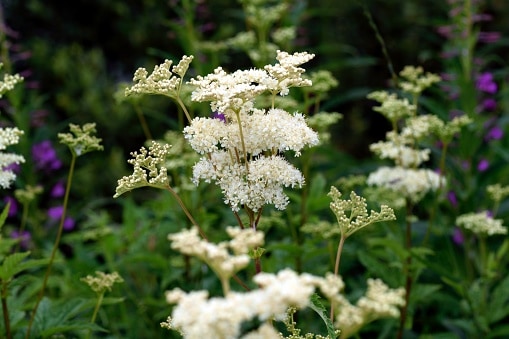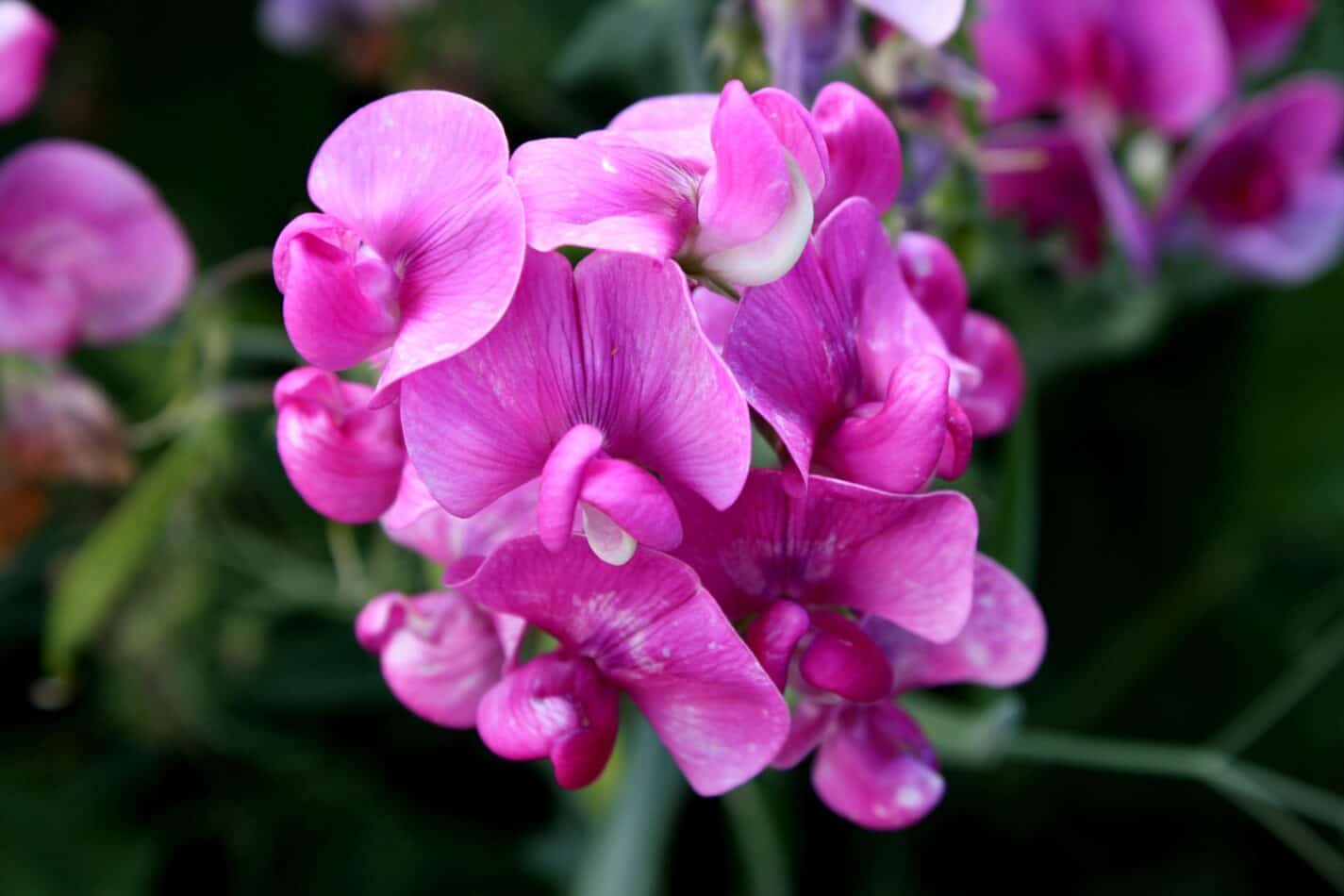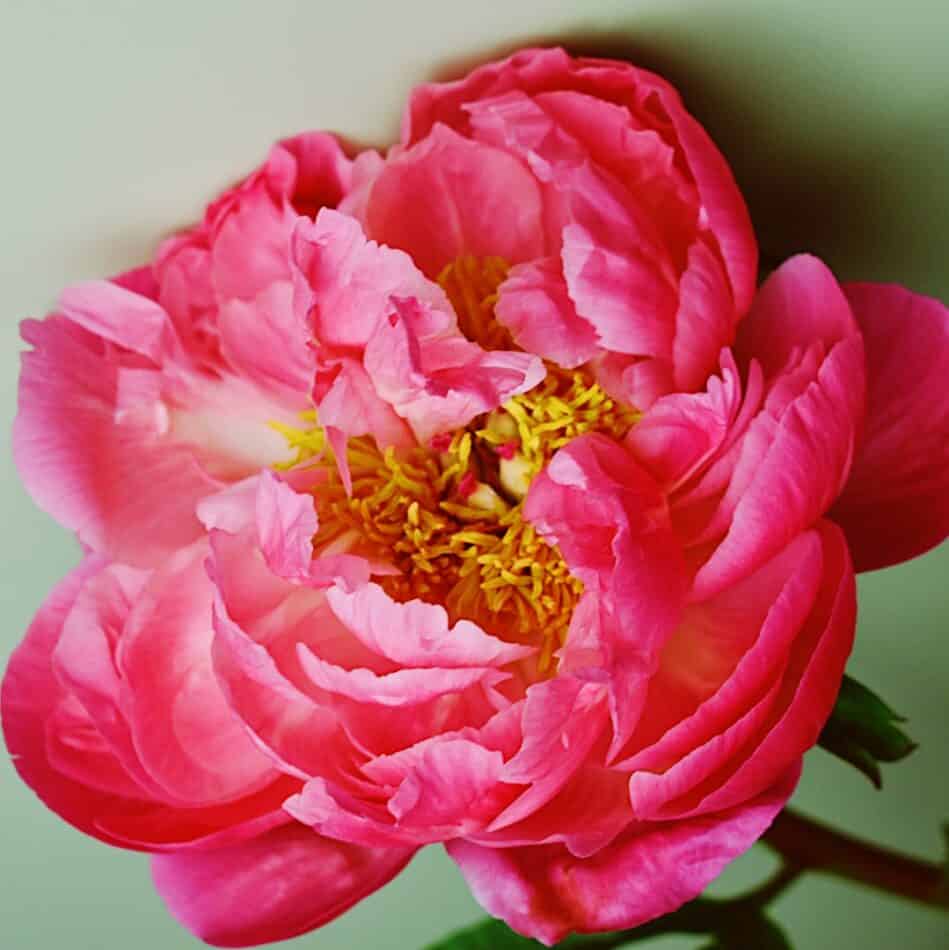Meadowsweet or Filipendula ulmaria is a herbaceous perennial plant that belongs to the rose family (Rosaceae) and is sometimes referred to as “Queen of the Meadow”. Growing in damp meadows, the plant produces beautiful white flowers in tight clusters and emit a sweet, pleasant fragrance. Bees and other insects also find these flowers attractive and they bloom every summer and autumn. Meadowsweet is an excellent choice for damp gardens, near streams, or any water gardens.
How to Plant
Meadowsweet is relatively easy to plant. There are two methods for planting, direct seeding or bare root planting. The more common method is direct seeding. To do so, choose a damp, sunny part of your garden, shallowly dig a hole, spread and cover the seeds, then water the area regularly.
When planting with bare roots, start off by soaking them in water for one to two days. Loosen a shallow hole in the soil along with a 5 cm layer of compost. Make sure to keep the hole damp, but not too wet which could drown the roots. When you are sure that the roots are planted correctly, secure them in place with soil and gently firm it down.
Meadowsweet should be grown in moist soils and generally do well in damp or damp-loving gardens such as near streams or water gardens. You should place the plant in an area where it can get full sun for most of the day. Soil type doesn’t matter too much for the Meadowsweet as long as it has plenty of drainage. The pH level should be 5.6-7.6.
Meaning and Symbolism
Meadowsweet is a flower with a long and varied history. It is most famously known in Celtic mythology and was often used in love-spells. This is perhaps due to close association with Aphrodite, the Greek Goddess of beauty, who was often symbolized with Meadowsweet flowers. The etymology of the name Filipendula ulmaria is linked to ancient Latin meaning “hanging pendulum”.
In Wiccan culture Meadowsweet is held as a sacred flower and often used in ceremonies and offerings to the gods. Many believe that Meadowsweet offers blessings of protection and strength and it is believed that if placed under a pillow at night it will bring prophetic dreams. For Christians, it is often used as a symbol of peace and joy.
History, Mythology, and Religious Significance
Meadowsweet has a long and illustrious history, stretching back to Neolithic times. In ancient Celtic culture, the plant was closely associated with the underworld and the transformation of life itself. This gave Meadowsweet an air of spiritual transcendence, and the flower was routinely used in various magical and spiritual ceremonies.
In Celtic mythology, Meadowsweet holds a special place in the pantheon of Gods and is associated with several figures, including the Goddess of Love and Fertility, Aphrodite, and the horned fertility God, Cernunnos. In some areas of Britain, Meadowsweet was burned in the home to ward off negative energies.
In medieval Britain, Meadowsweet was often referred to as “bridal flower” due to its association with love. It was also used to decorate homes and would be sewn into bouquets. Today, the majority of people still value Meadowsweet for its beauty and spiritual significance.
Flower Varieties and Their Defining Characteristics
Meadowsweet comes in two varieties, the more common Meadowsweet (Filipendula ulmaria) and the smaller Alpine Meadowsweet (Filipendula alpina). The main difference between the two varieties is their size. The Meadowsweet grows to a maximum height of two meters and the Alpine Meadowsweet is typically around half than size, roughly one meter in height. Both varieties have the same aesthetically pleasing white flowers and emit sweet smelling fragrances.
How to Pot and Repot
Before planting your Meadowsweet, it is a good idea to pot it first. You should choose a pot of around 10-15cm with drainage holes in the bottom. Fill the pot with potting soil and add compost or fertilizer to give the soil some nutritional elements and then carefully transfer the Meadowsweet into the pot. Press the soil down lightly to secure the plant and then water it.
To repot, you should start off by carefully removing the plant from the pot and then use a shovel to loosen the soil around the root ball. Make sure to be gentle and not damage the root system. Fill the new pot with soil and root compost and then carefully lower the Meadowsweet into it. Finally, press the soil down around the edges of the root ball and then water it.
How to Prune
Pruning Meadowsweet is relatively easy and a necessary step to keep your plant healthy and looking beautiful. The best time to prune it is in the spring when the new growth starts to appear. Pruning allows you to direct the growth of the plant and give it a defined shape. Start by removing any dead or damaged stems, then trim the branches you don’t want to flower. You should also remove any branches that have crossed or are crowding around the other branches as they will spread rather than grow upwards. Once you have pruned it, give the plant a good watering to revive it.
How to Propagate
Propagating Meadowsweet is relatively easy and is the most popular way of propagating. Start by taking semi-ripe cuttings in the summer after the flowers have faded. Make sure to take the cuttings from a decent sized stem and remove any leaves from the bottom of the cutting. Dip the cuttings into a rooting solution and then insert them into some moist soil. Make sure to water the soil regularly to keep it damp. In a month or so, you should start to see new shoots appear.
Common Pests and Diseases
Meadowsweet is a relatively resilient plant, but like all other plants, it is susceptible to certain common pests and diseases. The most common pest that affects it is the aphid. To get rid of them, simply spray the affected area with an insecticidal soap and remove any affected clusters of flowers. Another common problem is powdery mildew, which is caused by the accumulation of moisture on the leaves. To prevent this, make sure to avoid over watering and try to give the plant more air and light if possible.
Frequently Asked Questions about Filipendula ulmaria
- How tall does Meadowsweet grow?
Meadowsweet can grow up to two meters tall, while the Alpine Meadowsweet can reach a maximum height of one meter. - What type of soil should I use?
Meadowsweet thrive best in moist soils and generally do well in damp or damp-loving gardens, near streams or water gardens. - What type of sun exposure do they need?
Meadowsweet needs full sun exposure for most of the day.
Table Fact Sheet
| Meadowsweet | Filipendula ulmaria |
| Family | Rosaceae |
| Plant Type | Herbaceous Perennial |
| Mature Size | Up to 2m (6.5ft) |
| Sun Exposure | Full Sun |
| Soil Type | Moist soils with plenty of drainage |
| Soil pH | 5.6-7.6 |
| Bloom Time | Summer-Autumn |
| Flower Colour | Creamy-White |
| Hardiness Zones | 2-9 |
| Native Area | Europe, North Asia |
What we love from Amazon this week
Buy these wonderful flowers directly from Amazon:















